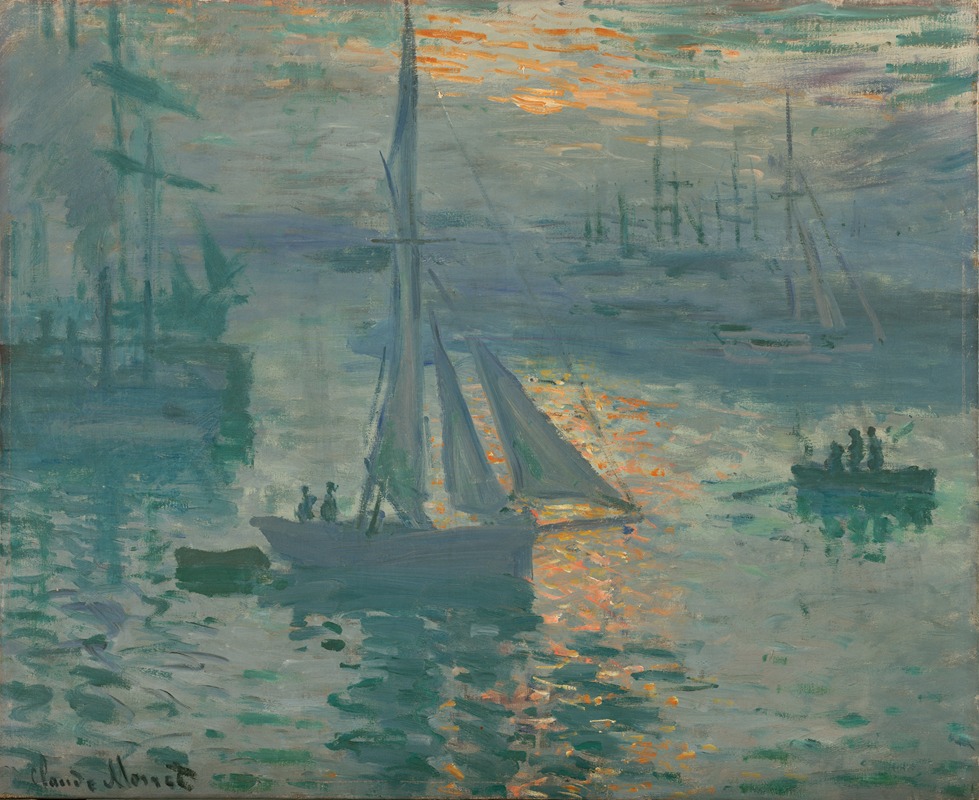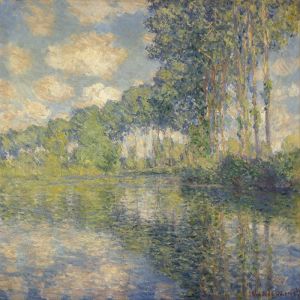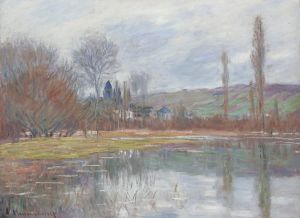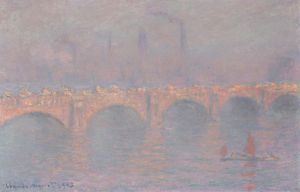
Sunrise
A hand-painted replica of Claude Monet’s masterpiece Sunrise, meticulously crafted by professional artists to capture the true essence of the original. Each piece is created with museum-quality canvas and rare mineral pigments, carefully painted by experienced artists with delicate brushstrokes and rich, layered colors to perfectly recreate the texture of the original artwork. Unlike machine-printed reproductions, this hand-painted version brings the painting to life, infused with the artist’s emotions and skill in every stroke. Whether for personal collection or home decoration, it instantly elevates the artistic atmosphere of any space.
Sunrise (Impression, Sunrise) by Claude Monet
Impression, Sunrise (French: Impression, soleil levant) is an oil painting created by the French artist Claude Monet in 1872. The artwork is widely recognized as one of the most significant pieces in the history of art, as it played a pivotal role in the development of the Impressionist movement. The painting is currently housed in the Musée Marmottan Monet in Paris, France.
The scene depicted in Impression, Sunrise shows the port of Le Havre, Monet's hometown in northern France, during sunrise. The composition features a hazy atmosphere, with the sun rising above the horizon and casting its orange glow over the water. The foreground includes silhouettes of small boats, while the background reveals industrial elements such as ships and cranes, which are softened by the mist. Monet's use of loose brushstrokes and emphasis on light and color over precise detail exemplifies the key characteristics of Impressionism.
The painting was first exhibited in 1874 at the inaugural exhibition of the Société Anonyme Coopérative des Artistes Peintres, Sculpteurs, Graveurs, etc., a group of artists who later became known as the Impressionists. The exhibition was held at the former studio of the photographer Nadar in Paris. It was during this exhibition that the term "Impressionism" was coined, inspired by the title of Monet's work. The term was initially used derisively by art critic Louis Leroy in a satirical review, but it was later embraced by the artists themselves to describe their innovative approach to painting.
Monet's choice of the title Impression, Sunrise reflects his focus on capturing the fleeting effects of light and atmosphere, rather than creating a detailed, realistic representation of the scene. This approach marked a departure from traditional academic painting and aligned with the Impressionists' interest in modern life and the transient qualities of nature.
The painting measures 48 cm × 63 cm (18.9 in × 24.8 in) and is executed on canvas. Its relatively small size and intimate scale invite viewers to engage closely with the work. Over time, Impression, Sunrise has become an iconic representation of the Impressionist movement and a symbol of Monet's innovative artistic vision.
Today, Impression, Sunrise continues to be celebrated for its historical significance and its role in shaping the trajectory of modern art. It remains one of Claude Monet's most famous and influential works.


















